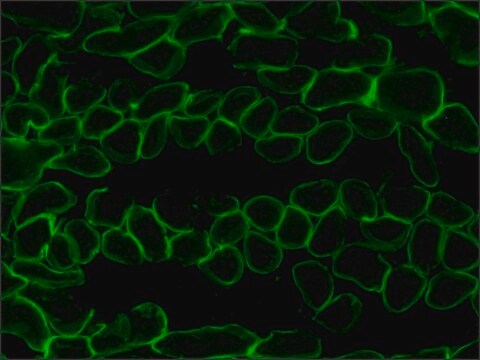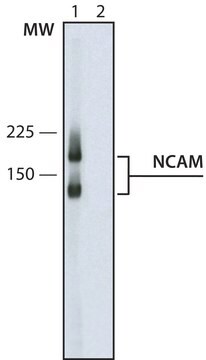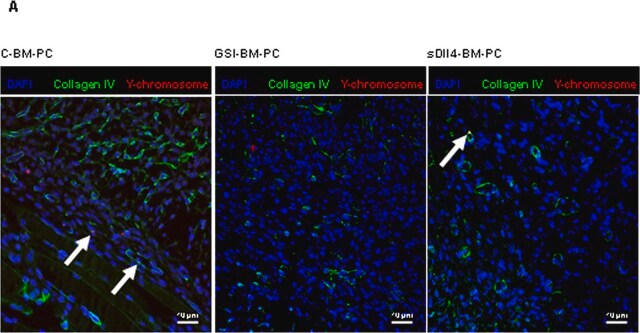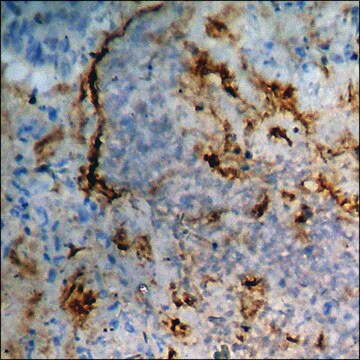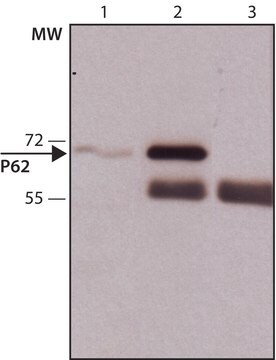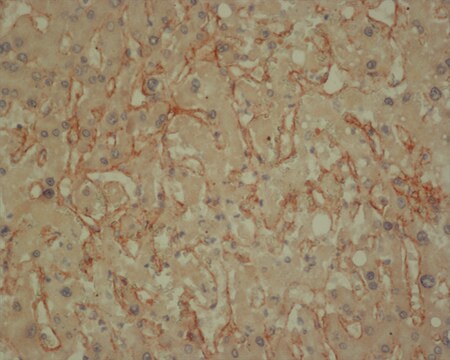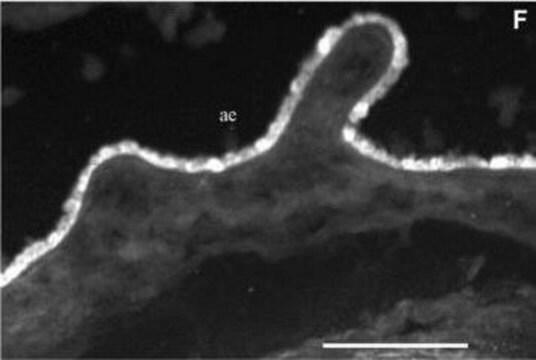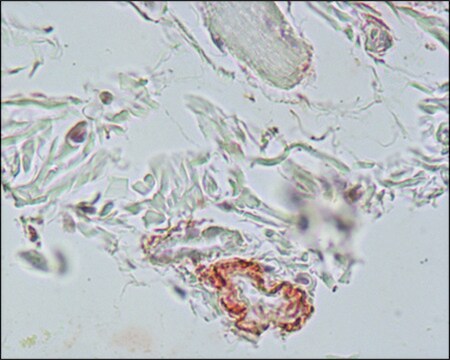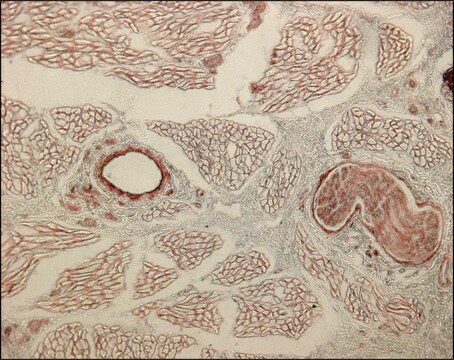L8271
Monoclonal Anti-Laminin antibody produced in mouse
clone LAM-89, ascites fluid
Sinónimos:
Anti-Laminin Antibody
About This Item
Productos recomendados
biological source
mouse
Quality Level
conjugate
unconjugated
antibody form
ascites fluid
antibody product type
primary antibodies
clone
LAM-89, monoclonal
contains
15 mM sodium azide
species reactivity
feline, human, pig
should not react with
rabbit, lizard, sheep, carp, canine, chicken, rat, guinea pig, goat, frog, snake
technique(s)
immunohistochemistry (formalin-fixed, paraffin-embedded sections): 1:1,000 using enzyme-treated human tissue sections
indirect ELISA: suitable
western blot: suitable
isotype
IgG1
shipped in
dry ice
storage temp.
−20°C
target post-translational modification
unmodified
Gene Information
human ... LAMA1(284217) , LAMA2(3908) , LAMB1(3912) , LAMB2(3913)
General description
Immunogen
Application
- immunohistochemistry to stain matrix proteins
- double immunofluorescence staining
- indirect immunofluorescence
- immunogold labelling for electron microscopy
Biochem/physiol Actions
Disclaimer
¿No encuentra el producto adecuado?
Pruebe nuestro Herramienta de selección de productos.
Storage Class
12 - Non Combustible Liquids
wgk_germany
nwg
flash_point_f
Not applicable
flash_point_c
Not applicable
Certificados de análisis (COA)
Busque Certificados de análisis (COA) introduciendo el número de lote del producto. Los números de lote se encuentran en la etiqueta del producto después de las palabras «Lot» o «Batch»
¿Ya tiene este producto?
Encuentre la documentación para los productos que ha comprado recientemente en la Biblioteca de documentos.
Los clientes también vieron
Nuestro equipo de científicos tiene experiencia en todas las áreas de investigación: Ciencias de la vida, Ciencia de los materiales, Síntesis química, Cromatografía, Analítica y muchas otras.
Póngase en contacto con el Servicio técnico
